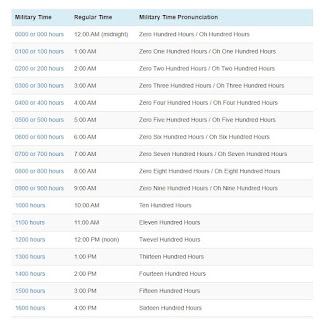Fundamentals of Enterprise Digital Transformation and the Limit
Digital transformation, or DX, is becoming increasingly necessary for business operations. Its impact is especially felt when automation systems and manufacturing assets become part of the initiative. For these systems, Edge Computing bridges the gap between sensor assets and cloud analytics. Because of this, it is significant to understand the basics of perimeter and enterprise DX, key architectural principles, and how to plan for a successful perimeter computation implementation.

Key elements of digital transformation
The foundations that companies must consider for a
successful digital transformation can be divided into 3 categories: culture,
technology, and measurement.
The culture
Teamwork is vital. No matter how much cash is invested in
automation or business technology, the chances of success are slim if employees
are reluctant to embrace change. Knowledge transfer is critical as experienced
employees retire and new employees take on these roles. Veterans must empower
new employees to make important decisions and ensure a level of ability and
competence among employees. Finding ways to measure productivity will provide
an opportunity to reward workers and prepare them for leadership roles.
Another important point worth noting is the business
management process. It is a work culture formality that sets the rules for
running a company. Make sure these rules provide flexibility and process
improvement in the execution of operations.
Technologies
Invest in Edge technology and make sure you have the right
technology architecture and governance, including the right hardware, software,
and data governance. In addition, workers also need to develop risk tolerance
when deploying new technologies, rather than avoiding change because they are
comfortable with the status quo.
Measurement
The old way of measuring success must evolve. Improve
measurement systems by collecting Key Performance Indicators (KPIs) and the
right metrics for employees. By doing so, you can provide the best evidence of
the success of your company and employees.
Architecture Fundamentals and DX Options for Edge
A powerful connectivity infrastructure is required to
receive data on peripherals. These high-performance devices can have commercial
off-the-shelf microprocessors (COTS) that are designed to access and control
this data, which can run in software such as Linux or Windows. The data is then
transferred to containers and virtual machines to finally be transferred to the
cloud. The data interoperability tools used to bring that data to the cloud can
range from solutions such as OPC UA to lower bandwidth solutions such as MMQTT.
Fundamentals of Enterprise Digital Transformation and the
Limit
Best Practices for Successfully Implementing Edge Computing
Develop a cutting-edge strategy
Ensure OT / IT convergence in your business. Bring the two
cultures together and start sharing responsibilities.
Look for a simple, remotely managed modern computing
infrastructure to mitigate the risk of running out of resources.
Make sure the infrastructure is always available and can
connect to your data center and cloud.
For more information, watch the Digital Transformation
Fundamentals for the Enterprise and the Edge webinar by John Fryer and Craig
Resnick, where they expand on these topics and provide more information on best
practices. Join us to better understand how digital transformation is driving
change, its importance to your business, and how to become a DX leader.
newyorkersblog cosmopolitansblog realsimpleblog nextwebblog theinformativeblog


